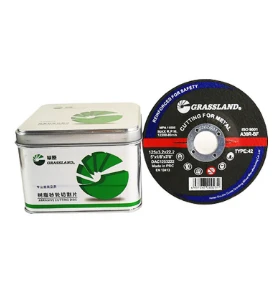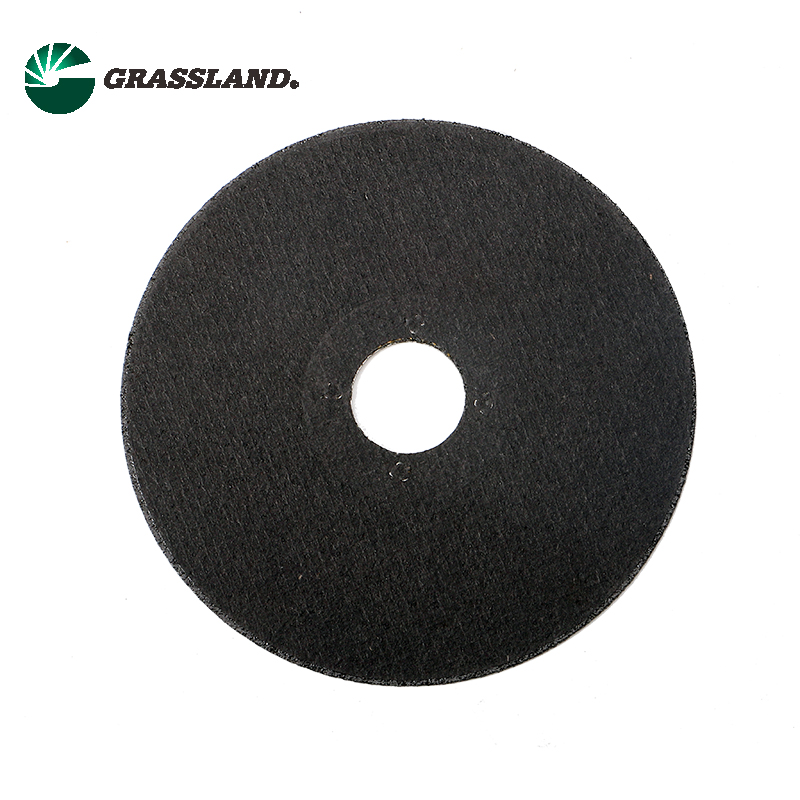

1. Flat Flap Discs (Type 27) Engineered for finishing and blending, flat flap discs are versatile tools that allow users to achieve a smooth finish on flat surfaces. They are typically used at a 0-15 degree angle, ensuring even coverage and precision. 2. Conical Flap Discs (Type 29) Their angled structure provides a larger surface contact when used at a 15-25 degree angle, making them ideal for aggressive stock removal on contours and edges. These discs are preferred for faster work on larger surface areas, providing a superior cutting angle that enhances material removal rate. Understanding the parameters such as grit size is crucial in determining the flap disc's function - Coarse grits (40-60) Used for rapid material removal where the finish is not as crucial. - Medium grits (80-120) Suitable for blending and intermediate sanding applications. - Fine grits (150-240) Used primarily for finishing tasks where a smooth surface is desirable. When selecting a flap disc, it’s also vital to consider the backing plate, which can affect performance and user comfort. Options include fiberglass, plastic, or metal, each contributing differently to the disc’s flexibility and strength. Flap discs offer a blending of grinding and sanding capabilities, combining quality, speed, and longevity, making them a critical asset in modern fabrication and finishing processes. Employing the right type can significantly enhance productivity and ensure a high-quality finish, beneficial not only for current projects but also in building customer trust and credibility. For businesses, investing in the right type of flap disc enhances operational efficacy while securing a competitive edge in the market. By improving product quality, companies can strengthen their reputation and foster trustworthiness, aligning with E-E-A-T principles critical to ensuring sustained growth and customer retention in today’s market.
Post time:Feb - 15 - 2025

















